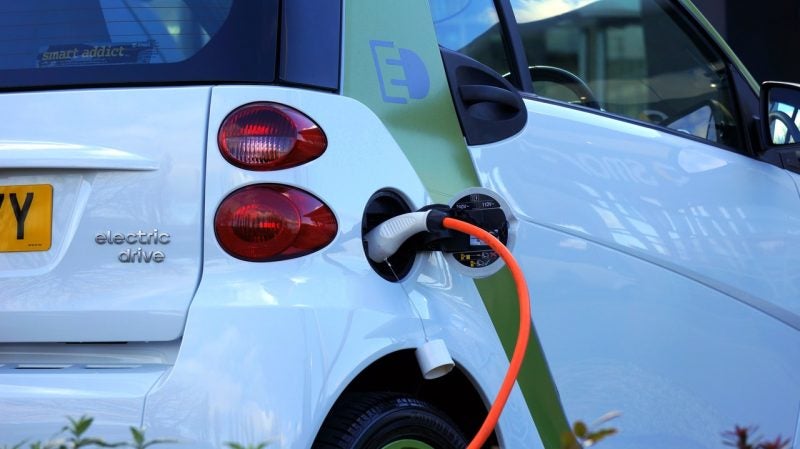
The total energy storage market is expected to grow to $546bn in annual revenue by 2035, according to technology research firm Lux Research.
The Global Energy Storage Market Forecast 2019 report predicts that mobility applications, electronic devices and stationary storage will be the three main growth drivers, reaching a combined energy storage deployment level of 3,046 GWh in the next 15 years, from a current 164 GWh.
Lux Research analyst and report author Chloe Holzinger said: “The energy storage industry is poised for a massive increase in annual revenue and deployment capacity as key innovative technologies, such as solid-state batteries and flow batteries, reach commercialisation.”
Mobility applications, including battery-powered electric vehicles, will be the industry’s main driver, with 74% of total market share’s annual revenue and 91% of deployed GWh by 2035. Personal mobility is expected to increase from $2bn in 2019 to $43.7bn in 2035 due to competitive costs for electric bikes and scooters, especially in Southeast Asia and China.
Government investments and new battery materials will be fundamental factors in the industry’s growth.
“This growth will initially be driven by increasing government support and automotive OEM commitments. Over time, new battery materials, such as high-nickel cathodes, silicon anodes, and solid-state electrolytes, will allow for improved BEV range and pack life, which will reduce BEV prices and further expand the market,” added Holzinger.
How well do you really know your competitors?
Access the most comprehensive Company Profiles on the market, powered by GlobalData. Save hours of research. Gain competitive edge.

Thank you!
Your download email will arrive shortly
Not ready to buy yet? Download a free sample
We are confident about the unique quality of our Company Profiles. However, we want you to make the most beneficial decision for your business, so we offer a free sample that you can download by submitting the below form
By GlobalDataElectronic devices will remain stable, increasing from $24bn in 2019 to $32bn in 2035, where the most dynamic segment will be commercial drones. Despite a 50-90% increase in battery-powered drones since 2017, the market will remain small, Lux Research analysts said.
In the next 15 years the commercialisation of technologies – including battery recycling and electric aviation – will contribute to the industry’s growth. Battery recycling will offer an alternative to lithium and cobalt, while electric aviation will reduce CO2 emissions, said Lux Research.
“Successful commercialisation of these innovative anode, electrolyte, and cathode materials will improve the specific capacity of Li-ion batteries, reduce pack costs, and increase the number of applications for electrification, such as aeroplanes, industrial transportation, and drones,” said Holzinger.
In the shorter term, the report says that medium and heavy-duty vehicles, residential storage and personal mobility will grow the fastest.
Medium and heavy-duty vehicles will grow from $600m per year in 2019 to $3.6bn per year by the end of 2022, while residential storage and personal mobility will have an increase of £8bn and $4.6bn in the next three years.



